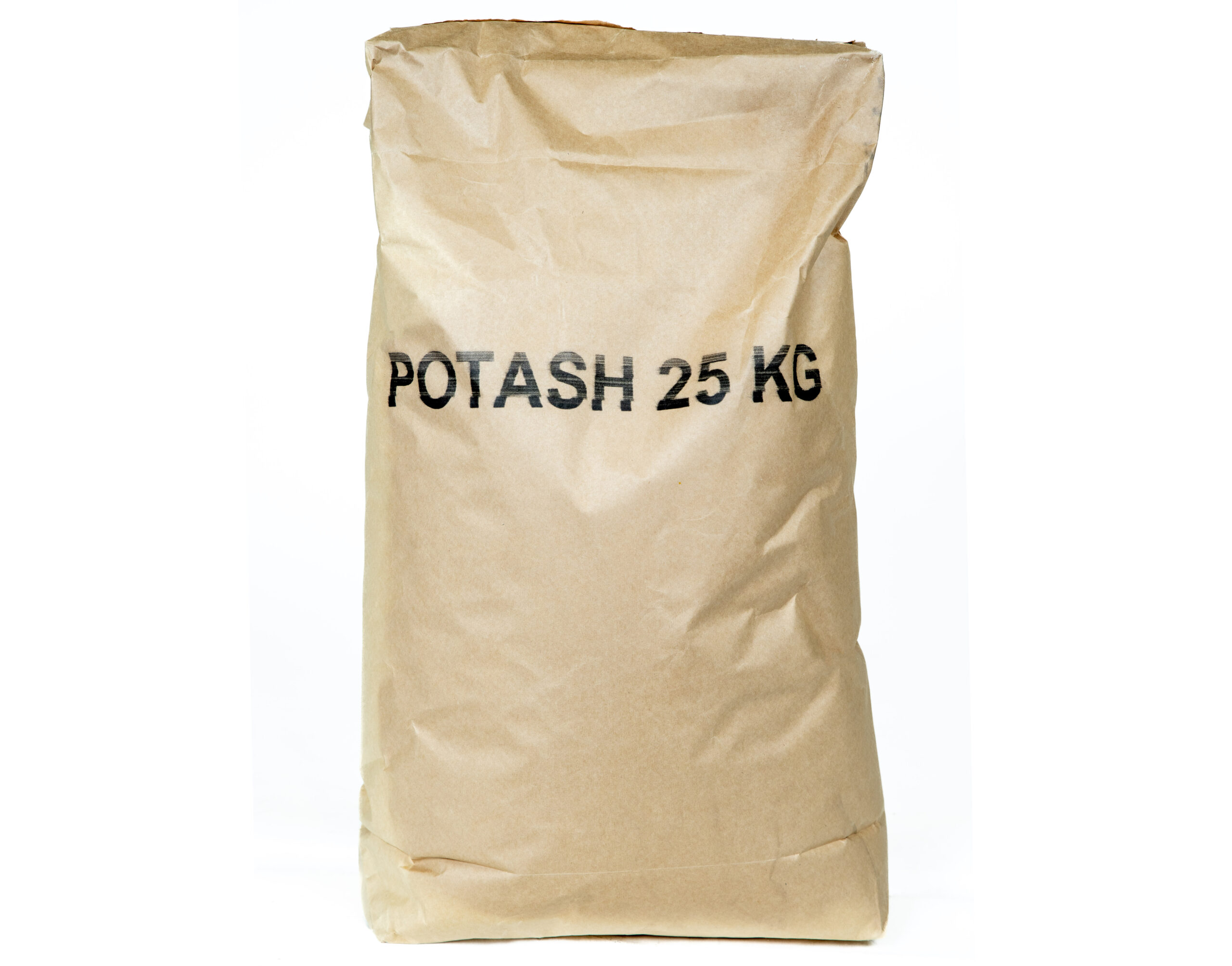Potash is commonly known as potassium chloride (KCl) or Muriate of Potash.
Cementing
When salt is blended into cement it is referred to as “salt cement”. Although sodium chloride is the more common salt, potassium chloride can be used to protect a particular sensitive clay sensitive formation. The effects of KCl and NaCl upon cement slurries’ performance are essentially the same; however, KCl may impart slightly higher slurry viscosity at higher concentrations.
Some of the other effects include: reduced thickening time, higher fluid loss rate, higher early compressive strength at low temperatures, slight dispersing effect and an increased tendency for slurry foaming. Salt cements can be used to modify the behaviour of cement systems or applied when placing cement across massive salt formations or when cementing water-sensitive zones.
Hydraulic Fracturing
Potash is a commonly used as an additive in aqueous based fracturing fluids. The use of KCl prevents the potential damage caused by the swelling or migrating of clay platelets within the formation matrix. Potash is normally applied between 10-30 kg/m³ of water.

